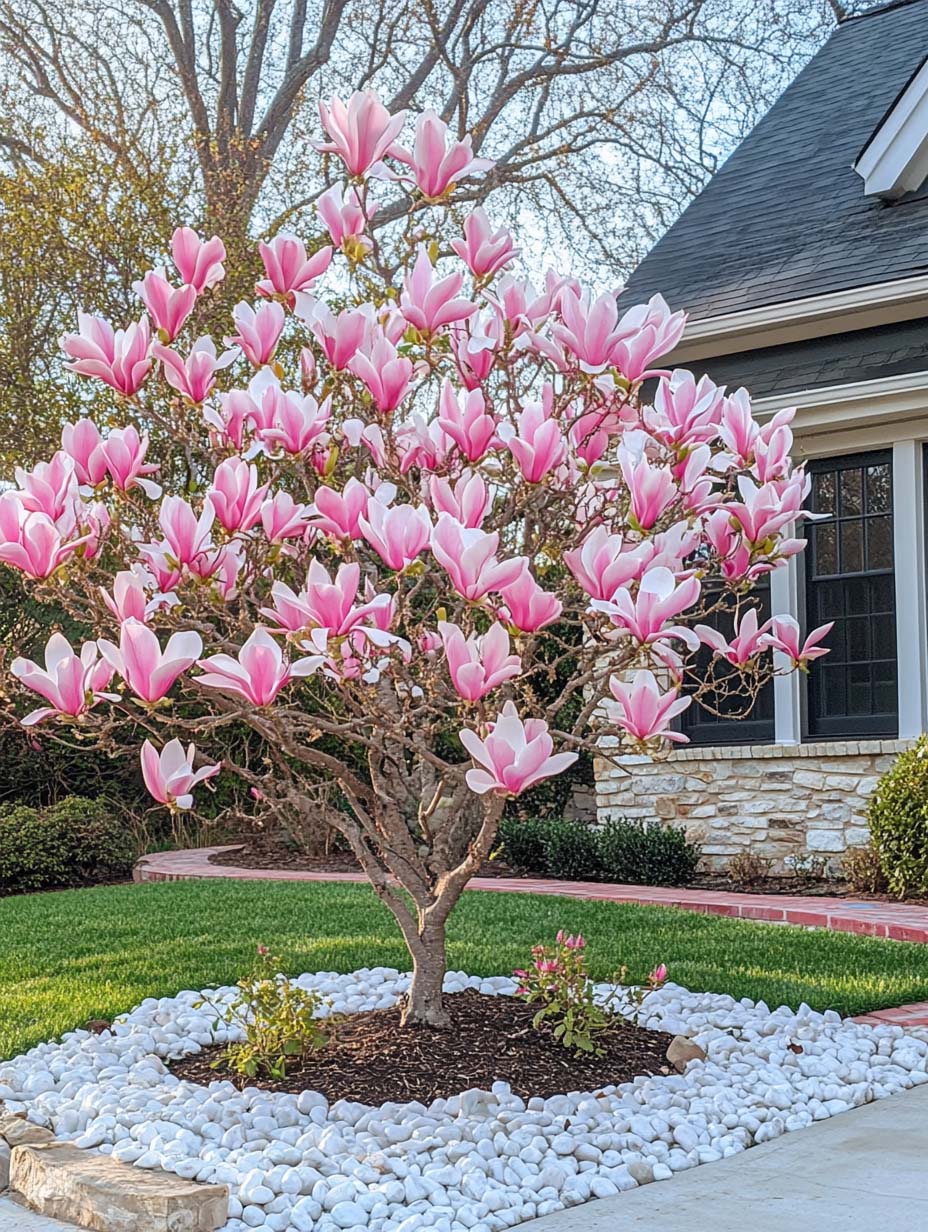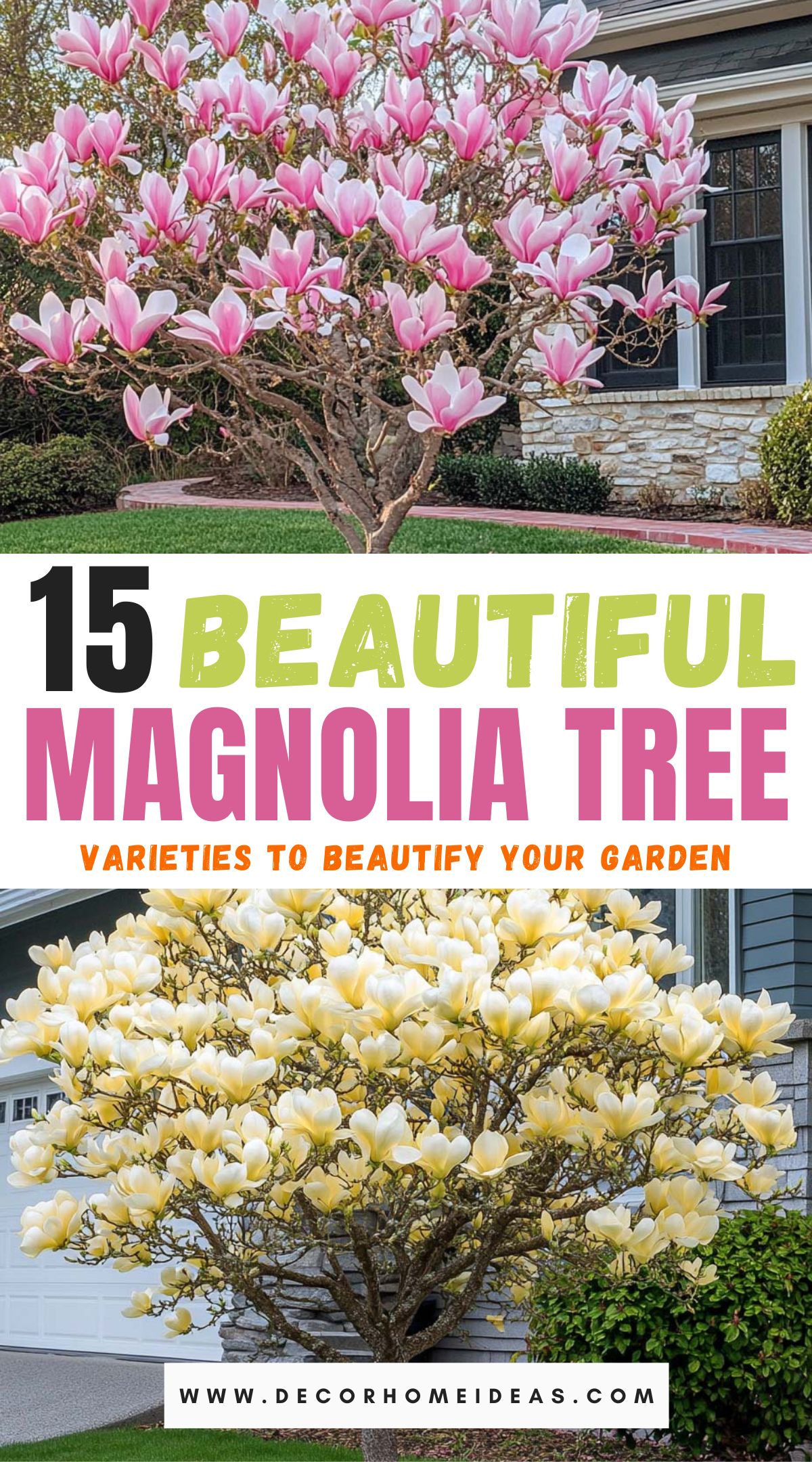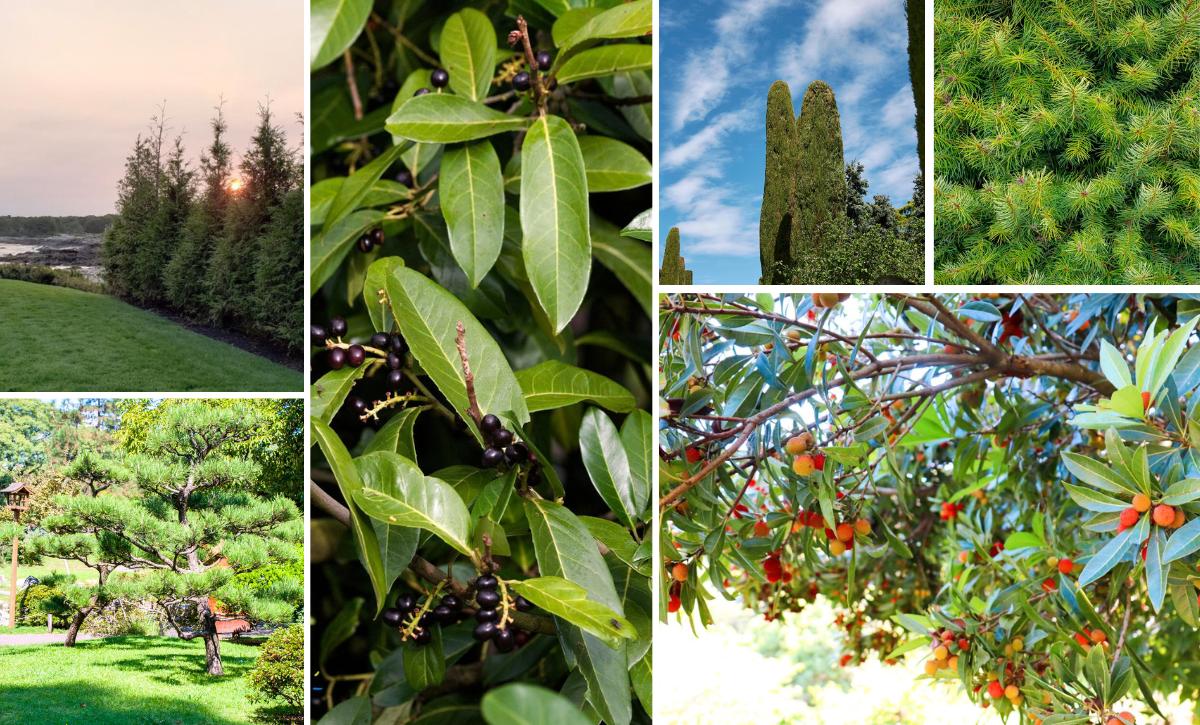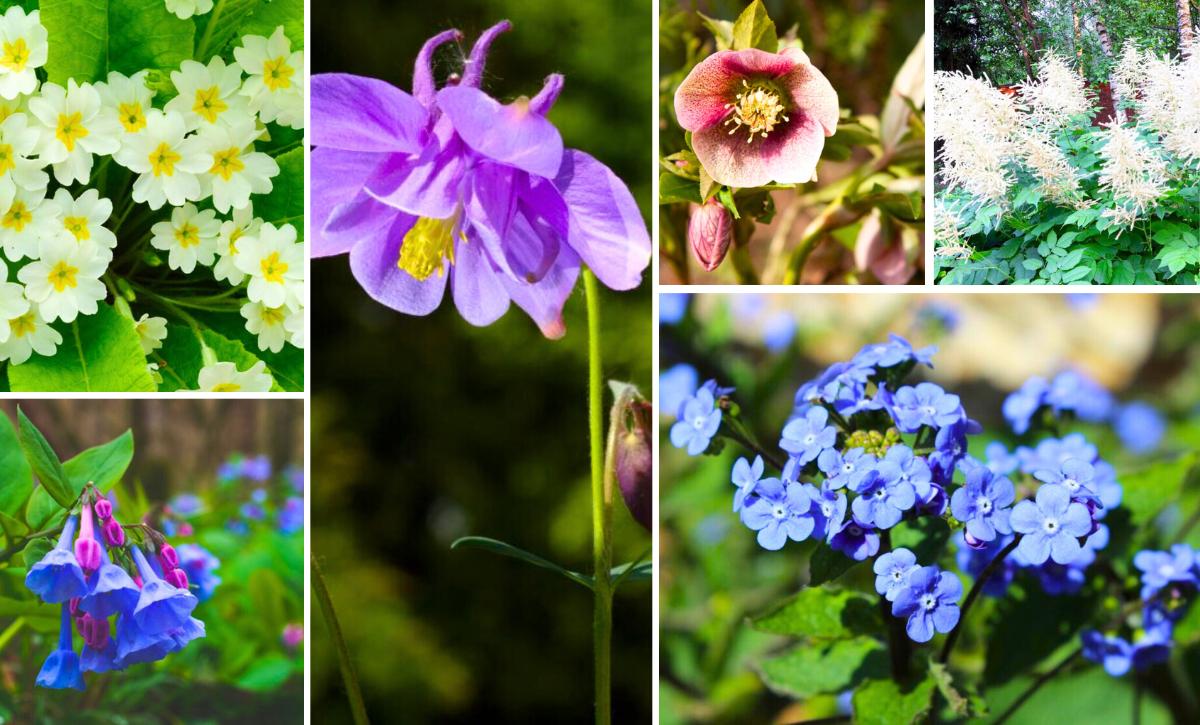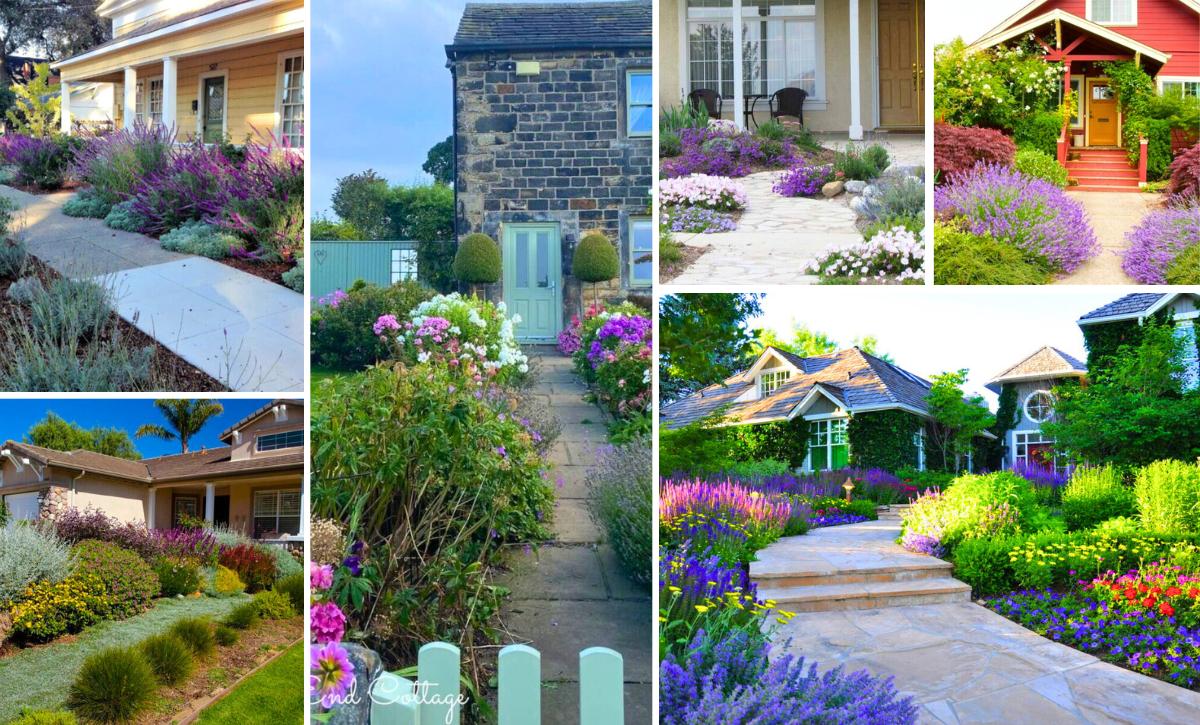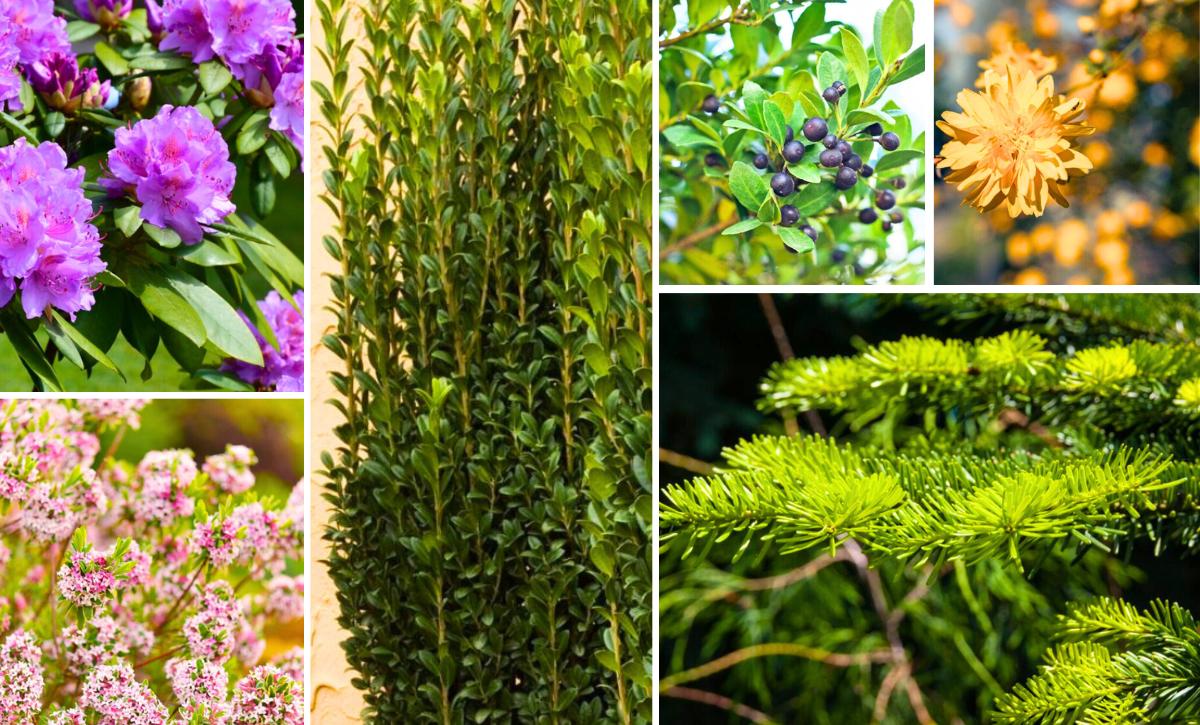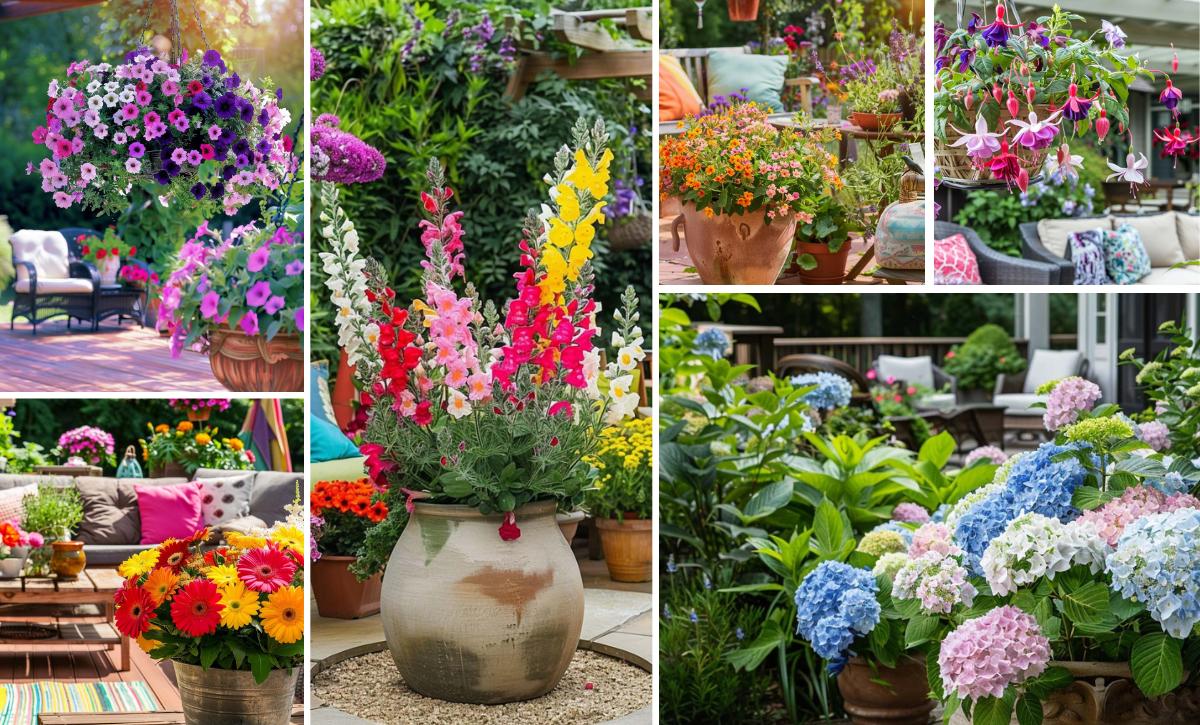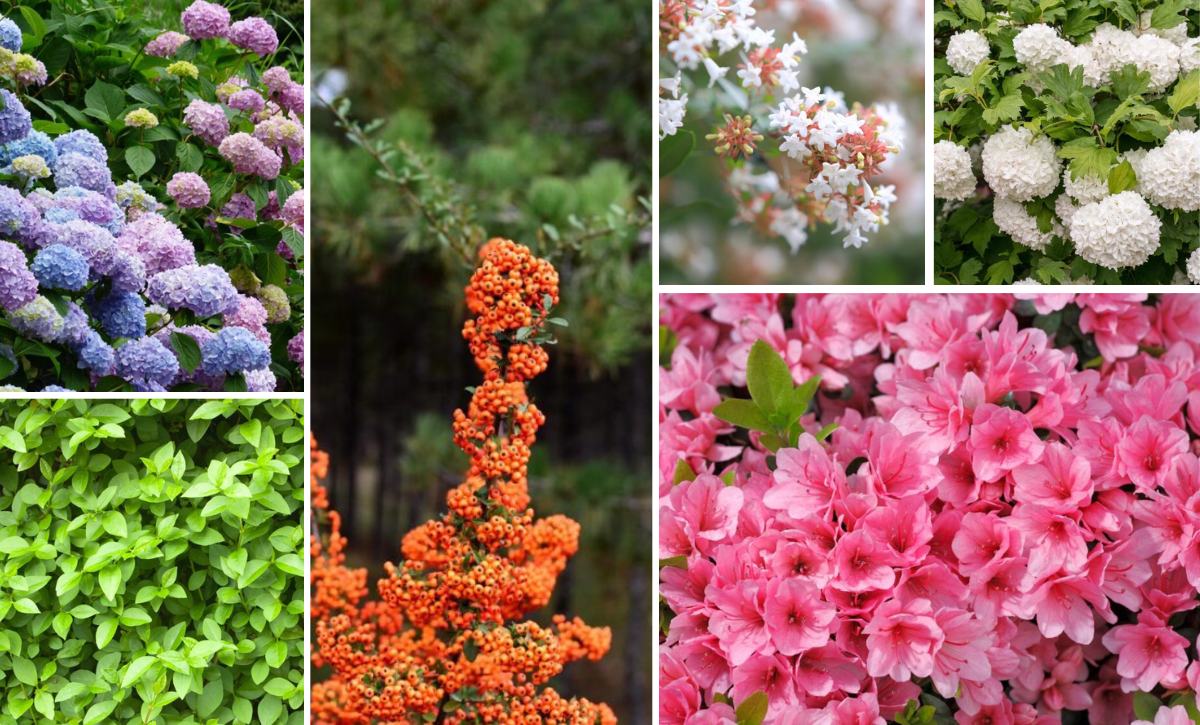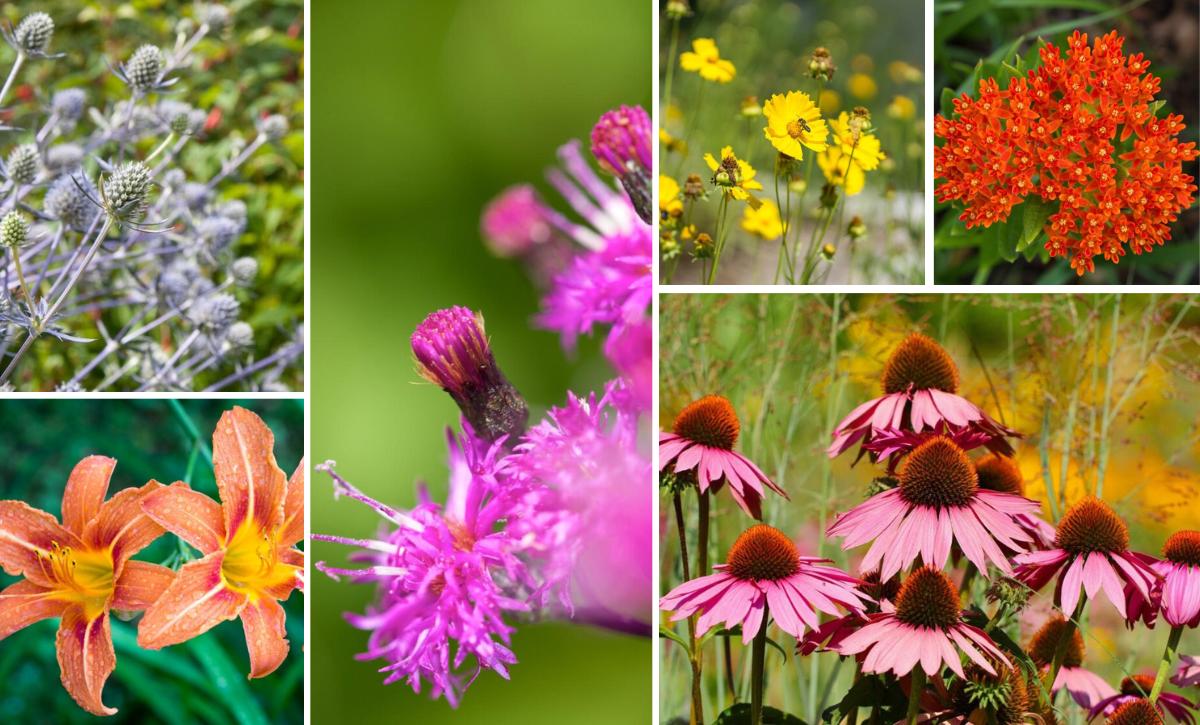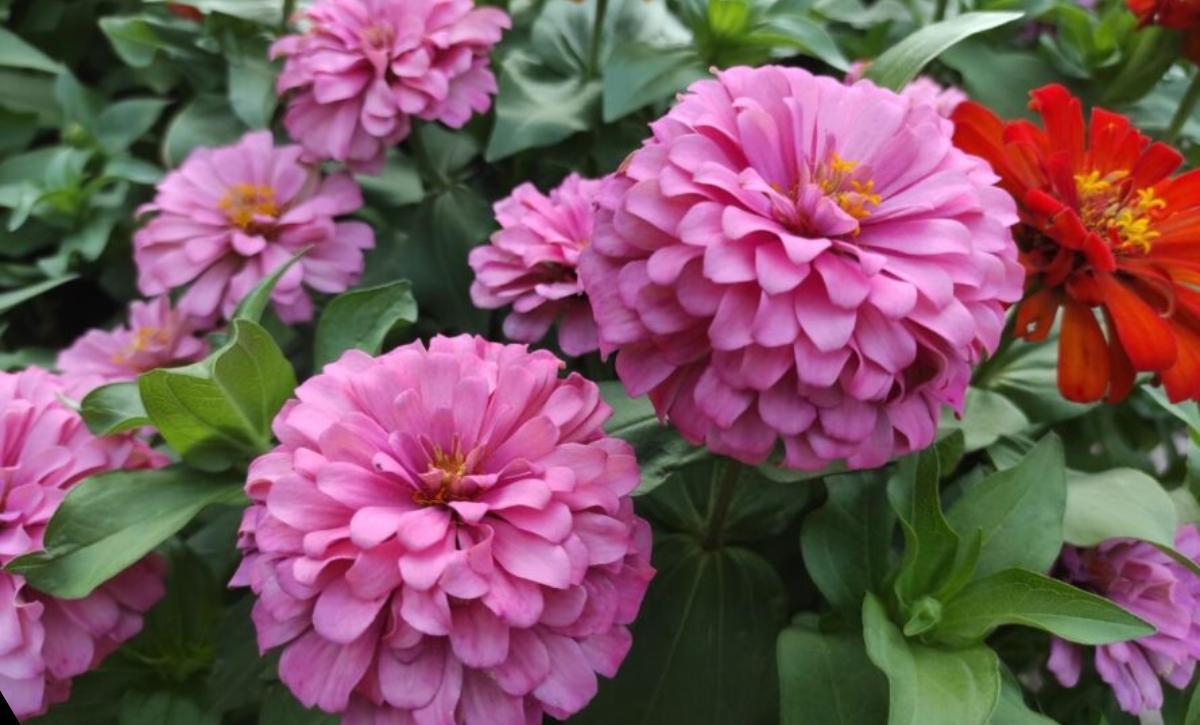Plants in the Magnolia genus are usually considered classic shrubs and trees symbolizing the South. They are incredibly diverse, including numerous species ideal for colder climates.
Some species are classic upright trees that are pretty huge, while others are multi-stemmed shrubby plants. Their variety and beauty are among the things that make these trees unique and adored by most people.
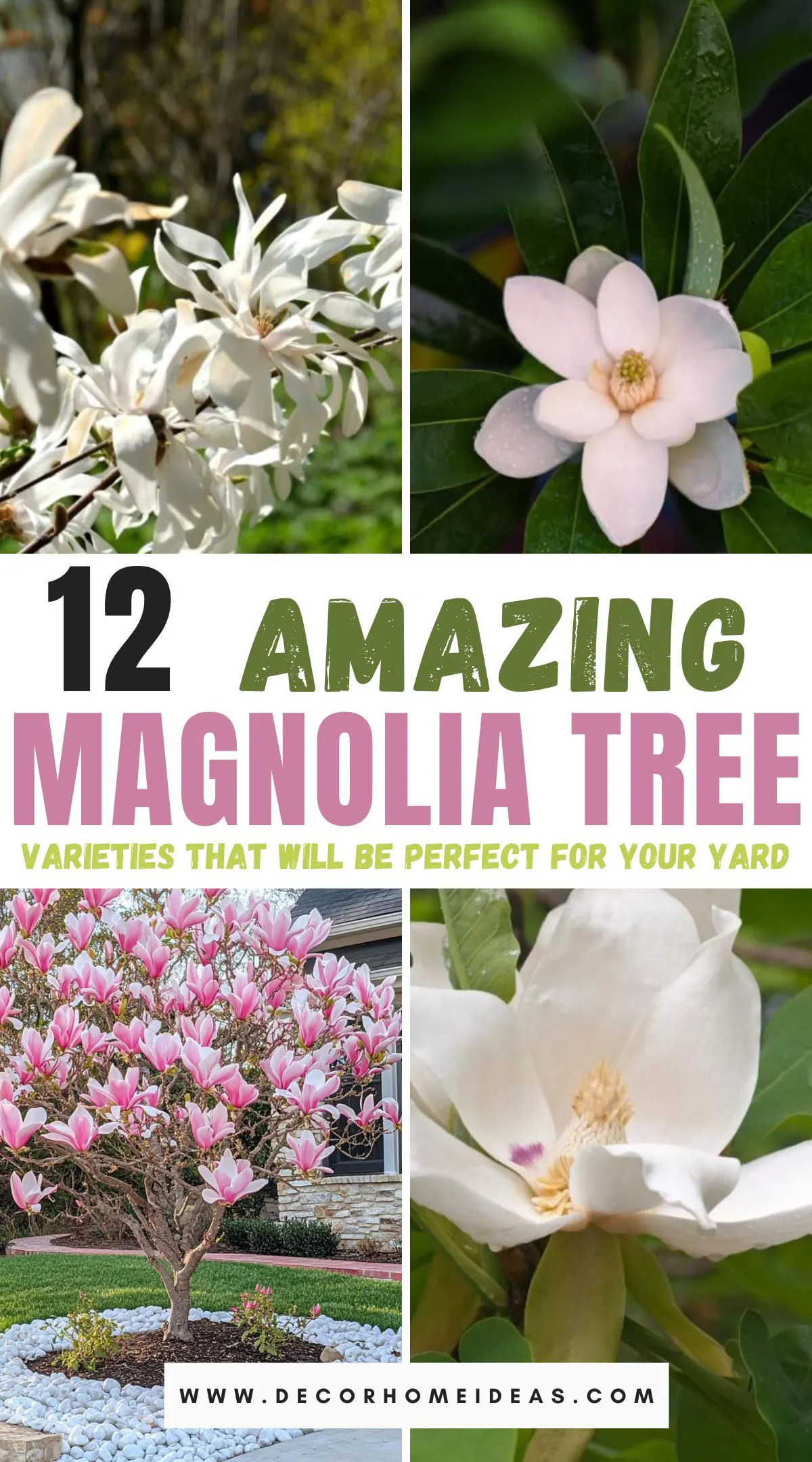
Magnolia trees are well-known for their incredible pink or white flowers that appear early in spring – mainly before the leaves emerge – and large, leathery foliage. Flowering magnolias are usually fragrant.
Depending on where they’re growing, magnolia trees can be deciduous or evergreen. Some species can even change their growth habits depending on the environment and climate. Even though magnolia isn’t a fast-growing plant, you’ll be rewarded for your patience.
Plant Care for Magnolia Trees
Magnolias are easy to grow, and their tolerance for shady conditions makes them unique among flowering shrubs and trees; there isn’t a single reason to stop you from growing these trees!
However, if you plan to plant magnolia trees in your landscape, they grow best in soil with proper drainage. Generally, magnolias don’t do well with wet feet in boggy soil.
To help your magnolia trees thrive, feed them with a slow-release fertilizer during spring.
Pro Tip: Magnolias usually flourish in acidic soil, but if you have alkaline or neutral soil, you can lower the pH by amending your soil with peat moss before planting. Still, you must occasionally adjust the pH by feeding the plant with an acid fertilizer or mulching around it with pine needles or another acidic mulch to keep it healthy.
Magnolia Trees and Shrubs
Below are the 12 most common species of magnolia trees, together with essential tips on how to grow and care for them.
Take a look!
1. Bigleaf Magnolia
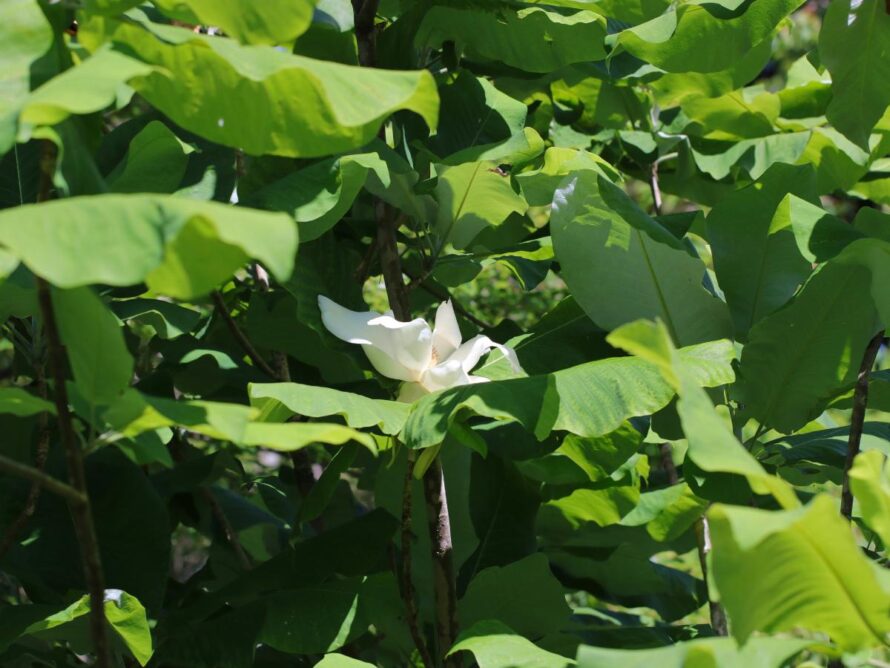
| Scientific name: | Magnolia macrophylla |
| Soil requirements: | Well-drained, moist, sandy, loamy |
| Sun exposure: | Full, partial |
| Size: | 30 to 40 feet tall( sometimes 60 ft), 20 to 30 feet wide |
| USDA growing zones: | 5 – 8 |
As their name suggests, bigleaf magnolias have huge leaves that can grow up to 32 inches long. Like most magnolias, this plant is usually a deciduous tree, although it can be evergreen in warmer zones.
Bigleaf magnolias are slow to bloom, taking up to 15 years before they flower. The blooms are white with purple petal bases, typically appearing in May, and are as much as 10 inches wide.
2. Cucumber Tree
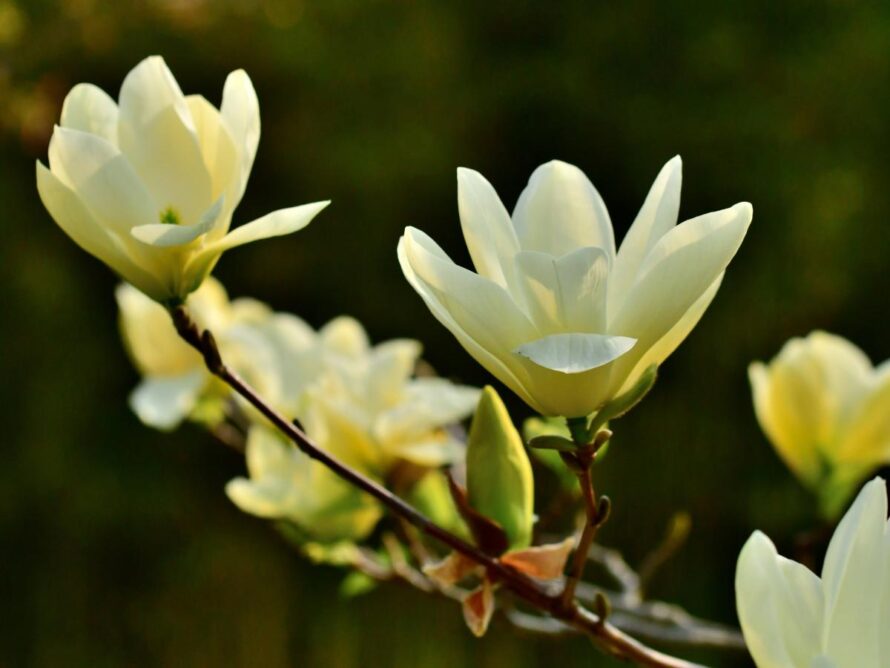
| Scientific name: | Magnolia acuminata |
| Soil requirements: | Well-drained, rich, moist, loamy |
| Sun exposure: | Full, partial |
| Size: | 30 to 40 feet tall, 25 feet wide |
| USDA growing zones: | 3 – 9 |
Cucumber tree magnolia gets its name from its fruits that somehow resemble the vegetable. Yellowish, tulip-shaped flowers adorn the branch tips of this magnolia in spring.
Cucumber tree magnolia is the most cold-hardy among the magnolias. While it has the growth habit of classic southern magnolias and large glossy leaves, its blooms are much less showy – up to 2 inches across.
It makes for an excellent residential shade tree, casting a dense shade, and requires little pruning. The fruits that follow the blooms turn from green to red as they age. Some popular varieties are ‘Gold Star,’ ‘Butterflies,’ and ‘Yellow Bird.’
3. Lily Magnolia
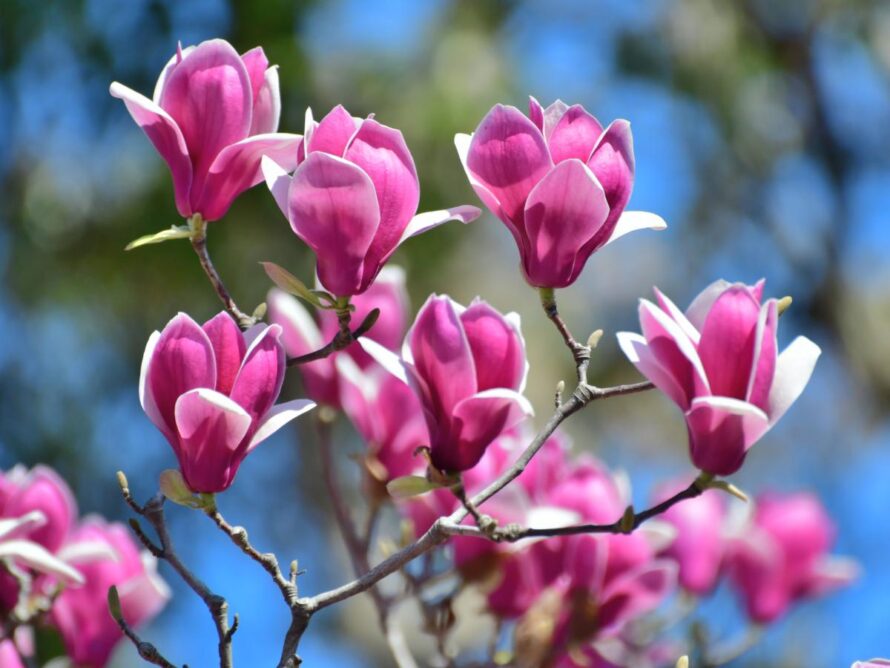
| Scientific name: | Magnolia liliiflora |
| Soil requirements: | Well-drained, rich, moist, loamy |
| Sun exposure: | Full, partial |
| Size: | 8 to 12 feet tall and wide |
| USDA growing zones: | 5 – 8 |
The lily magnolia is a parent of the saucer magnolia and is one of the smaller species, usually grown as a shrub or a small tree. This shrub boasts a significant flush of lightly perfumed pink or reddish-purple flowers shaped like lilies in early spring before the leaves open.
Dark green elliptical foliage appears after flowering. One cultivar that is popular for its deeply colored blooms is the ‘Nigra’.
4. Kobus Magnolia
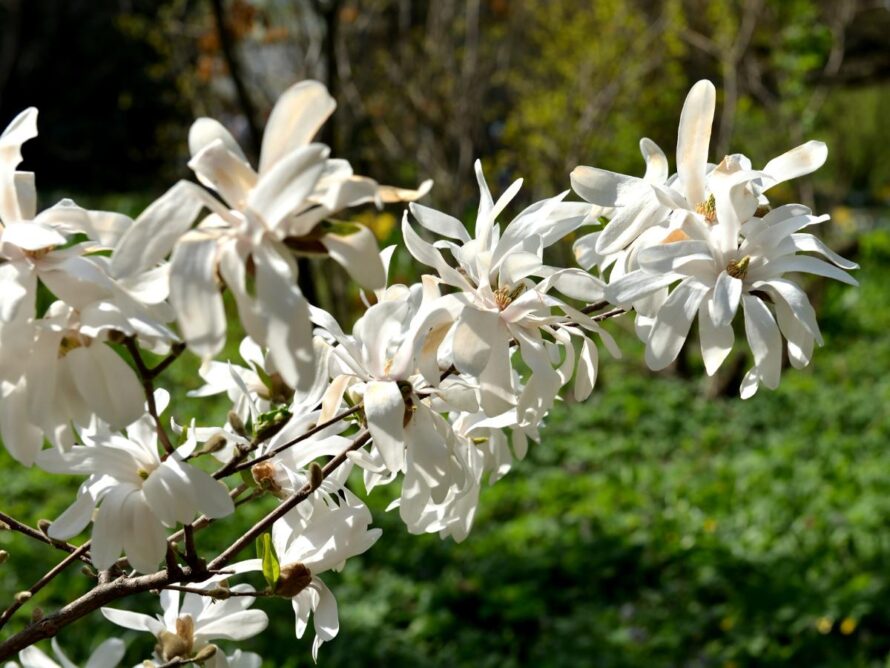
| Scientific name: | Magnolia kubos |
| Soil requirements: | Well-drained |
| Sun exposure: | Full |
| Size: | 25 feet tall and wide |
| USDA growing zones: | 5 – 8 |
Also known as northern Japanese magnolia or Japanese magnolia, Magnolia kubos is a slow-growing species that exhibits most of the classic magnolia traits – prominent, dark green leaves and fragrant 4-inch-wide white flowers tinctured with pink that appear before the leaves emerge.
The Kobus magnolia tends to form multiple trunks, but you can prune it back to a central leader to give it a more traditional tree-like shape. It’s usually planted as a specimen tree where early-season blooms are desired. Magnolia kubos is a parent species used to produce Loebner magnolia (Star magnolia is the other one).
5. Saucer Magnolia
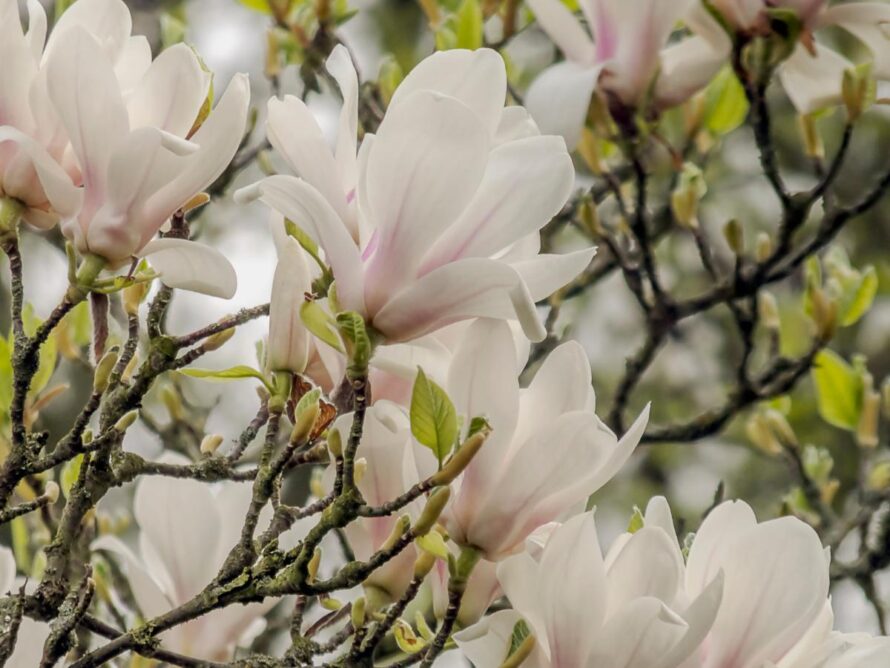
| Scientific name: | Magnolia x soulangiana |
| Soil requirements: | Well-drained, moist, rich |
| Sun exposure: | Full, partial |
| Size: | 15 to 30 feet tall, 15 to 25 feet wide |
| USDA growing zones: | 4 – 9 |
The saucer magnolia is the most commonly grown magnolia in the United States. This hybrid can be a small tree or a large shrub with multiple stems. It is created by crossing the Yulan magnolia and the lily magnolia. It has large, cup-shaped white flowers with pink interiors that appear in late winter or early spring before the leaves emerge.
Numerous cultivars are available, each offering a unique flower color in the purple range. Pair it with other small spring flowering trees such as redbud, crabapple, and serviceberry to create a living screen in your landscape.
6. Southern Magnolia
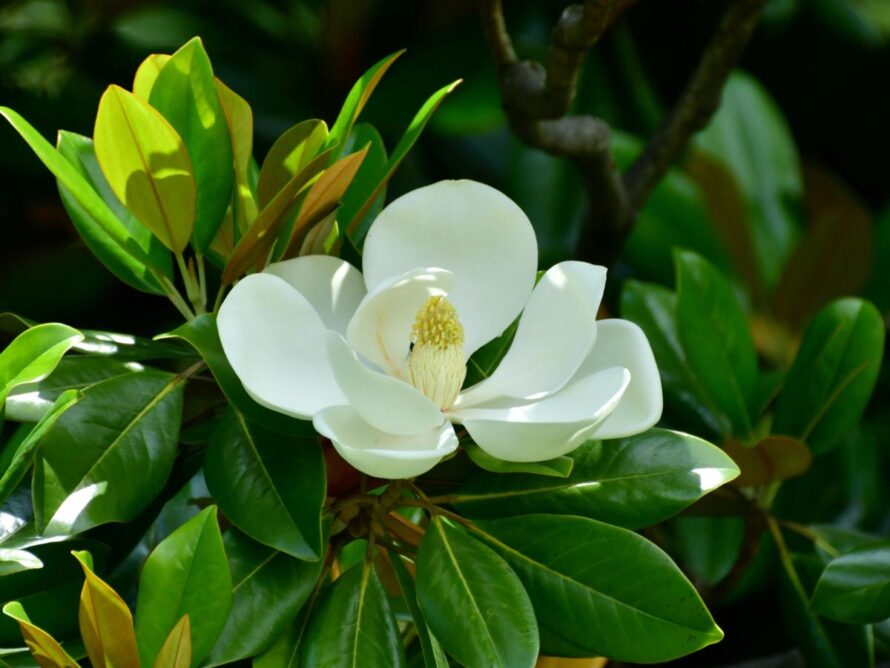
| Scientific name: | Magnolia grandiflora |
| Soil requirements: | Well-drained, rich, moist, clay, sandy, loamy |
| Sun exposure: | Full, partial |
| Size: | 60 to 80 feet tall, 20 to 40 feet wide |
| USDA growing zones: | 6 – 10 |
Native to the southeastern part of the United States, southern magnolia is a large evergreen with 10-to 12-inch-wide white flowers that bloom in summer. It has elliptical, shiny, dark green leaves with hazy, rusty-brown undersides; the leaves are usually used for swags, wreaths, and interior decor.
The southern magnolia flower is the state flower of Mississippi and Louisiana. This magnolia tree requires a lot of space to help it expand. However, smaller varieties like ‘Teddy Bear,’ Little Gem,’ and ‘Kay Parris’ reach a mature size of 30 feet tall.
While most magnolias prefer full sun to part shade, the southern magnolia thrives in part shade. Yellow leaves might appear on your magnolia tree, indicating a natural phase in the plant’s growth cycle or a problem with the tree or its medium, so keep a close watch.
7. Loebner Magnolia
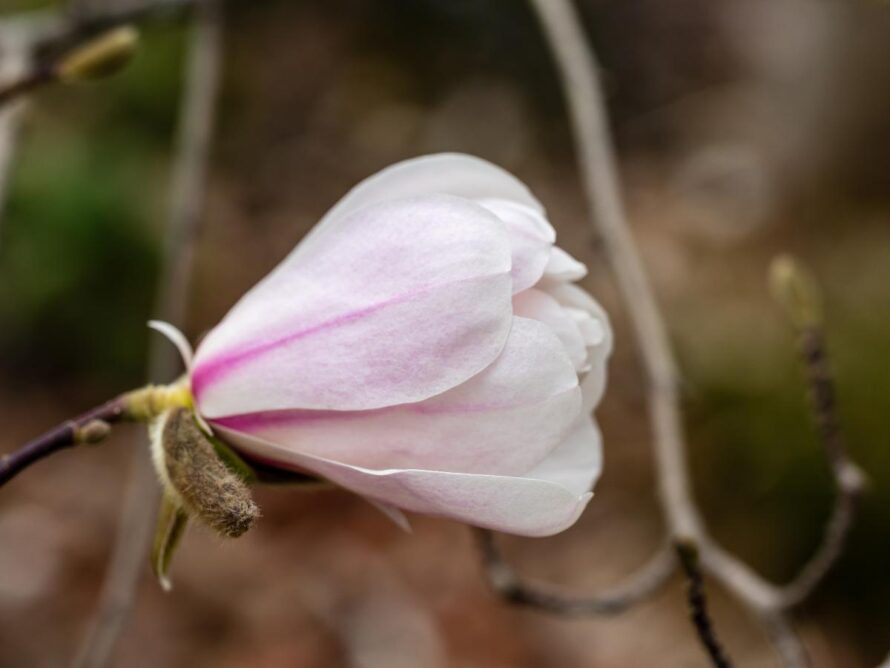
| Scientific name: | Magnolia x loebneri |
| Soil requirements: | Well-drained, moist, sandy, clay, loamy |
| Sun exposure: | Full, partial |
| Size: | 15 to 30 feet tall and wide |
| USDA growing zones: | 5 – 9 |
Magnolia x loebneri is a hybrid produced by crossing star magnolia and Kobus magnolia. Loebner magnolia has multiple stems, but you can create a central leader by pruning. Similar to the star magnolia, it has many-petalled flowers 4 to 6 inches wide and a more robust, tree-like habit.
Its dark green oval leaves are smaller than other magnolias. The fragrant star-shaped white and pink flowers emerge in spring before the leaves appear. You can grow this magnolia species as a medium-sized tree in your yard.
8. Star Magnolia
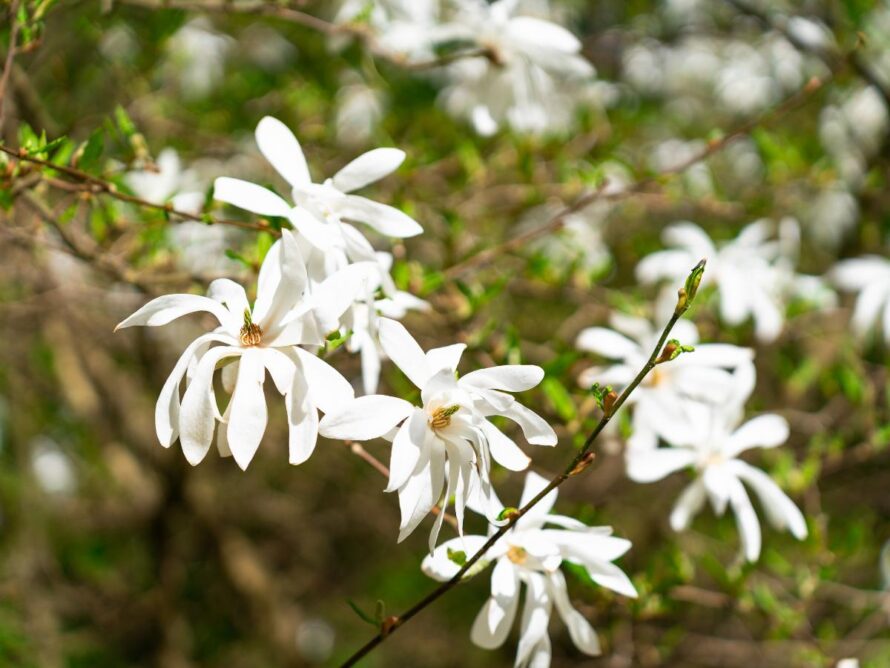
| Scientific name: | Magnolia stellata |
| Soil requirements: | Well-drained, rich, moist, clay, sandy, loamy |
| Sun exposure: | Full |
| Size: | 15 to 20 feet tall, 10 to 15 feet wide |
| USDA growing zones: | 4 – 9 |
Star magnolia is a multi-stemmed tree or slow-growing deciduous shrub that works best in small landscapes. It produces star-shaped white flowers in late winter or early spring before the plant’s leaves emerge. Star magnolia rarely needs pruning.
Plant it in a sheltered location when possible to help it flower in the spring since frost can easily damage the buds; this could cause the magnolia buds not to open. Add it near a patio or use it as a mixed shrub border.
9. Umbrella Magnolia
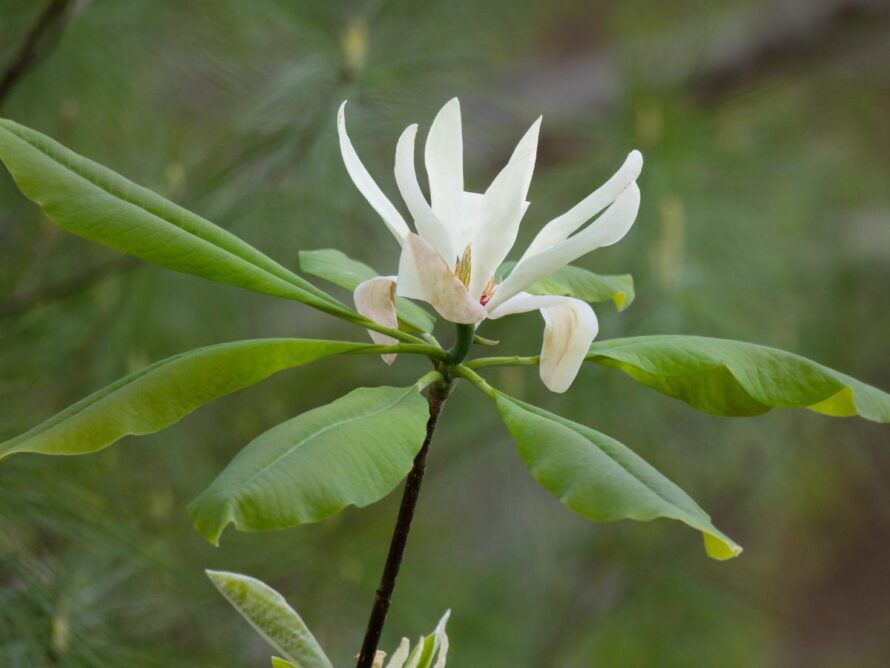
| Scientific name: | Magnolia tripetela |
| Soil requirements: | Well-drained, rich, moist |
| Sun exposure: | Full, partial |
| Size: | 15 to 30 feet tall, 20 to 30 feet wide |
| USDA growing zones: | 5 – 8 |
The Magnolia tripetela gets its name from the enormous shiny 10-to-24-inch-long and 6-to-10-inch broad leaves that droop down around the ends of its branches. The umbrella magnolia is native to the understory forests of Appalachia, so it does best in shady locations.
This multi-stemmed small tree has creamy white flowers that appear after the leaves emerge around late spring to early summer. Even though they’re fragrant, umbrella magnolia’s flowers aren’t really sweet-smelling.
10. Sweetbay Magnolia
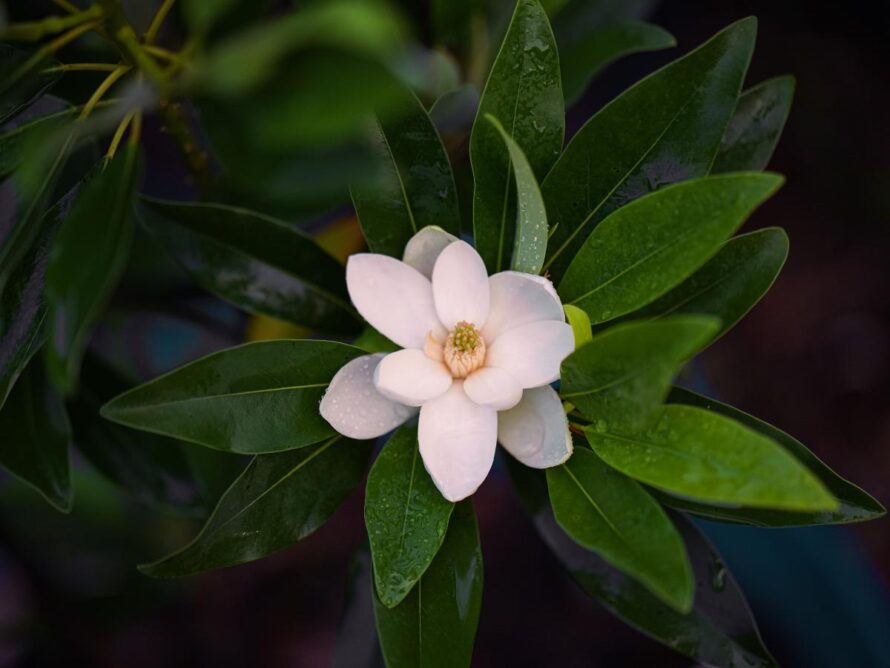
| Scientific name: | Magnolia virginiana |
| Soil requirements: | Well-drained, rich, moist, sandy, loamy |
| Sun exposure: | Full, partial |
| Size: | 10 to 30 feet tall and wide |
| USDA growing zones: | 5 – 10 |
If Magnolia grandiflora is too large for your landscape, sweetbay magnolia might be just what you need. This North American native is a small, slow-growing tree with dark green leaves and fragrant white flowers.
Sweetbay magnolia tends to be an upright tree that remains evergreen in warmer zones, while in cold climates, it’s normally a deciduous shrubby plant with multiple stems. Unlike other magnolias, it flourishes in boggy and moist soil.
11. Yulan Magnolia
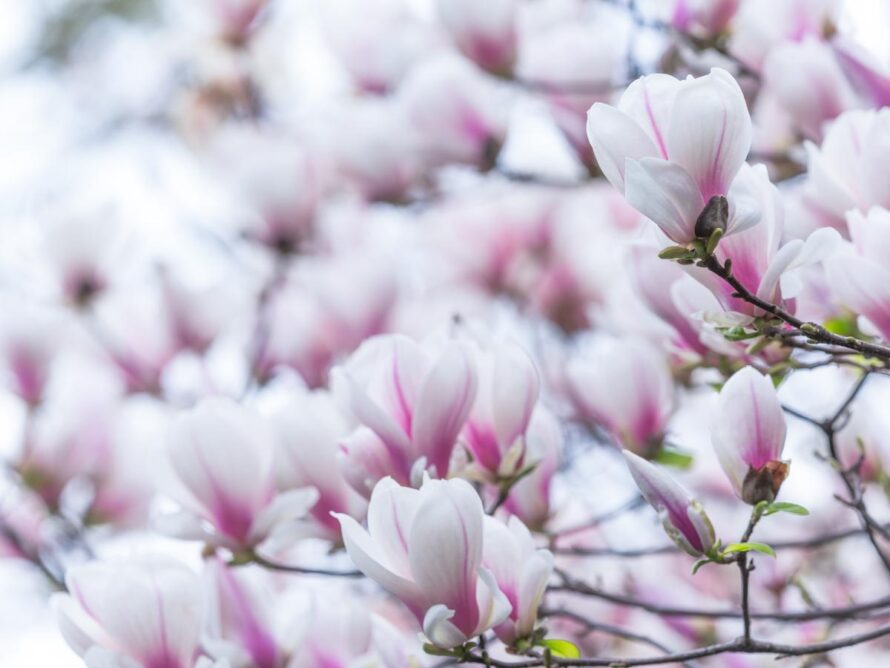
| Scientific name: | Magnolia denudata |
| Soil requirements: | Well-drained, rich, moist, sandy, clay, loamy |
| Sun exposure: | Full, partial |
| Size: | 30 to 40 feet tall and wide |
| USDA growing zones: | 6 – 8 |
Yulan magnolia has striking dark green leaves and a fast growth rate, making it an excellent landscape tree. This multi-trunk tree has a rounded outline with pendulous branches and smooth bark.
In spring, lemon-scented, 6-inch-wide blooms adorn the plant’s bare branches. Plant it near a walkway or patio to enjoy its glory all year round.
12. Ashe’s Magnolia
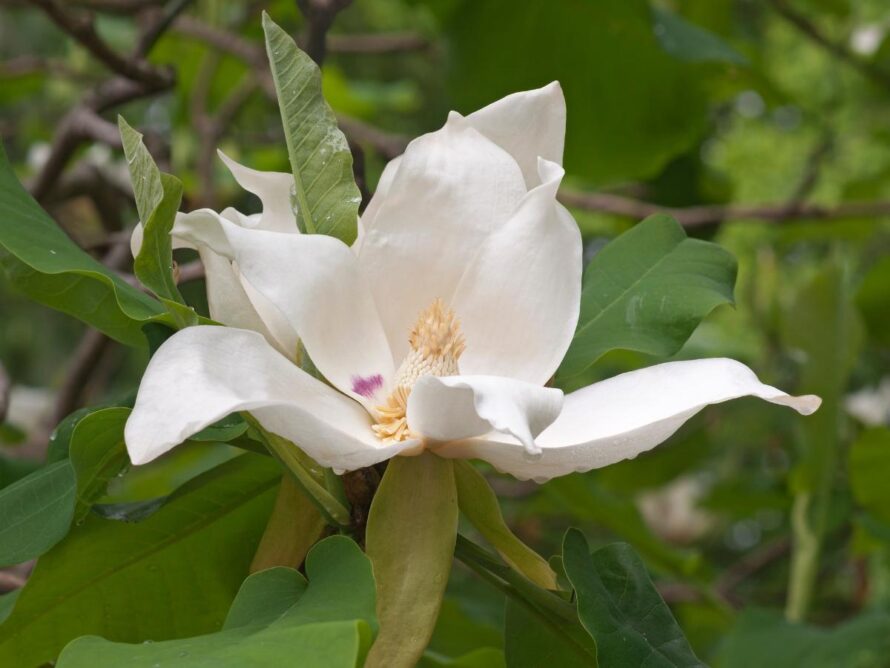
| Scientific name: | Magnolia ashei |
| Soil requirements: | Well-drained, rich, moist, sandy, clay, loamy |
| Sun exposure: | Full, partial |
| Size: | 10 to 15 feet tall, 8 to 10 feet wide |
| USDA growing zones: | 6 – 9 |
Ashe’s magnolia got its name from William Willard Ashe of the United States Forest Service. Depending on how it’s pruned, Magnolia ashei can be a small tree or a large shrub. Sometimes, Ashe’s magnolia is treated as a subspecies of the bigleaf magnolia.
The white flowers, with petals up to 1 to 2 feet long, appear after the light-green foliage has emerged in the spring.
